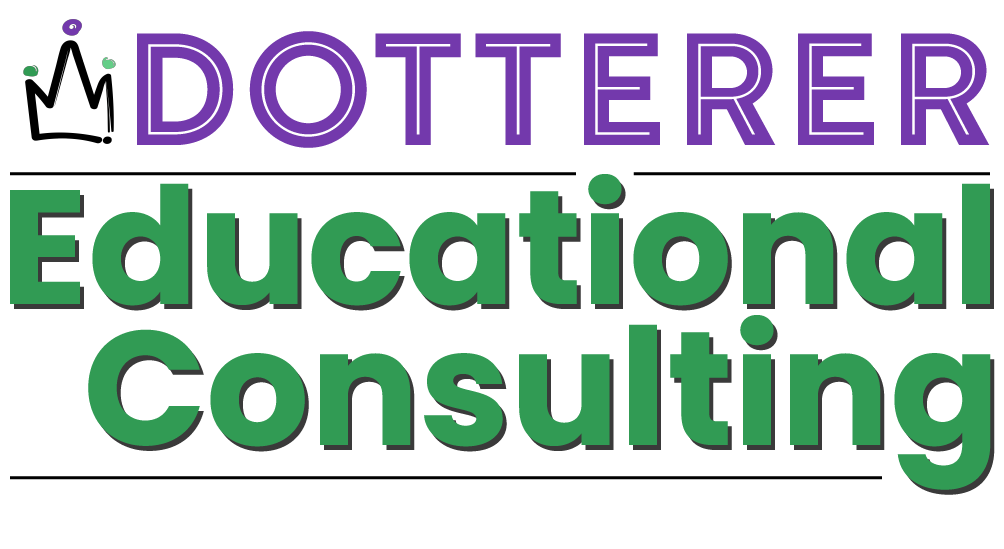Spelling. What a complex science and art there is to this concept.
My daughter came to me asking how to spell the word appreciate one evening. I think she was in 5th grade. (She is in grad school now. My memory of the details could be skewed.)
I did not know how to help her with spelling rules, so I went to what I remembered from when I was a kid. I learned stuff about English on School House Rock. So surely there must be something that could help me help her. But, to my surprise, they only have nine videos on YouTube, non on spelling. I could have sworn that there were more videos on Saturday Morning Cartoons when I was a child.
I could find simple words like CVC or CVVC words, consonant vowel consonant. Then, my daughter found this video. We laughed until the tears came because we knew he was right. Struggles with reading, speaking, listening, and writing is so interconnected that it is hard to tell which neural pathways are the trouble.
Regaining our composure, I continued to search for videos to help not just my daughter but also my students. That’s when I discovered Nessy. This channel had 72 videos, 20 of them specifically focused on spelling strategies for kids. But unfortunately, with her being an older elementary student who didn’t have dyslexia, these videos didn’t help.
I telephoned my friend, a Reading Specialist. She recommended that I investigate the Wilson Reading System. Frustration. Wilson was for students who struggled to read. Spelling was part of their process.
That’s when it hit me. Go back to the basics, Cheri, back to sensory-motor processing. Where can I find a spelling system that promotes visual, auditory, and kinesthetic movements? I couldn’t find anything.
We began with what we had, audio and visual. For some reason, this worked. I asked her where she was getting stuck and told her how I remembered the word Wednesday. (Yes, even as I write this post, I am saying it in my head.) I break the word out and say – “wed -nes -day.” I have taught this trick to many of my students. The next thing I know, Krista says, “A priest I ate,” and spelled the word correctly.
I asked here recently to spell the word. She told me she still uses “A priest I ate.”
This trick did not help most of my students. I needed to design a kinesthetic approach. Listening to research by Jim Kwik, an adult who taught himself to read and write even with dyslexia and dysgraphia, I introduced this idea to one of my students. Jim uses several different methods to memorize quickly. The one that worked for my student and several others was a sentence made from the letters in the word. Hence, the Body Sentence Alphabet was born.
The first word created using the Body Sentence Alphabet was enough, eyes, nose, open mouth, under the chin, give me your hand, and high five. Next, using both full arm movements, my student and I pointed to our eyes, then our noses. The next step meant pointing our fingers into the opening of our mouths. Then we reached out for an imaginary handshake and a high five to end the word.
It took him about six tries, but he got the word. Since then, I have created a movement for each letter of the alphabet. As with anything in occupational therapy, change the movement if the action and the letter do not have meaning for the student. My student continues to use the entire alphabet when needed to recall a word. Grab your copy of the Body Sentence Alphabet here. Let me know if it works for you. Send me an email or write in the comments below.


Thank you for sharing this technique! My son was just diagnosed with Dysgraphia and so far this has been what has worked for him. “Big Elephants Can Always Use Scrambled Eggs” (BECAUSE). Thank you for the great idea!
I am so glad this article helped you. I share intervention in each episode of The Writing Glitch podcast too. Here is the podcast webpage https://thewritingglitch.com/